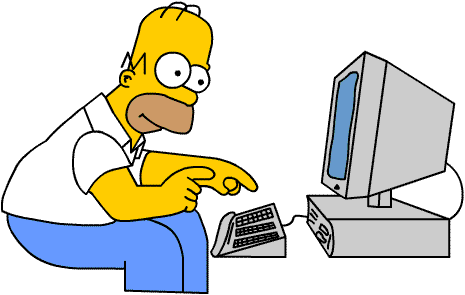Defending ChunkyLover53
This week, the internet has been ablaze with stories like this one on CNET.
Okay, not ablaze. But a bunch of articles. Here’s the deal. A Simpsons episode I wrote, called “The Dad Who Knew Too Little,” had a joke in it where Homer gave his email address as: [email protected]. Ha ha. Homer thinks of himself as fat and sexy. Ha ha ha.
Before the show aired in 2003, I signed up for the ChunkyLover53 email address on my personal AOL account. The thinking was that if anyone wanted to write an email to Homer, it would be fun to answer back. Within minutes of the show’s first airing, ChunkyLover53’s inbox was packed to its 999-message limit. Oops. Fun over.
Many of the messages to Homer were of the simple, “Who is this?” or “Are U … Continue Reading
Source: http://techland.time.com/2008/07/16/defending_chunkylover53/
